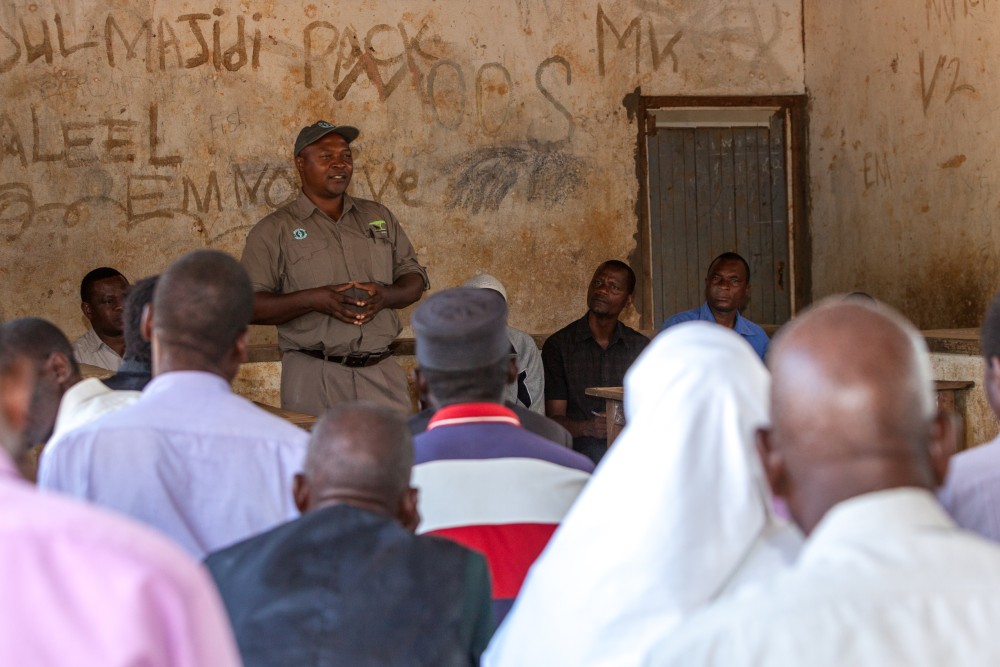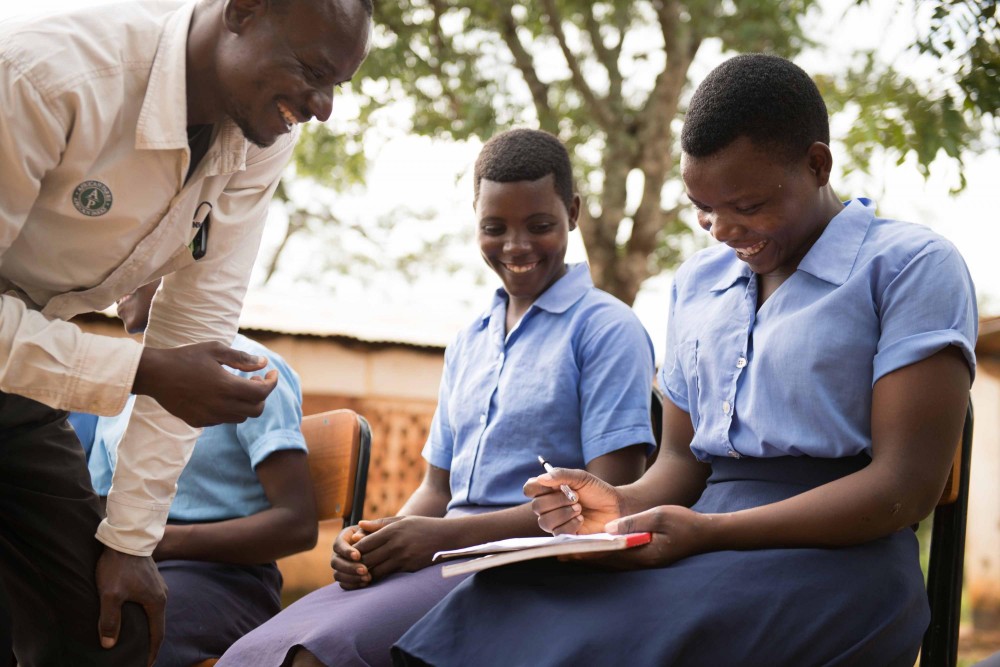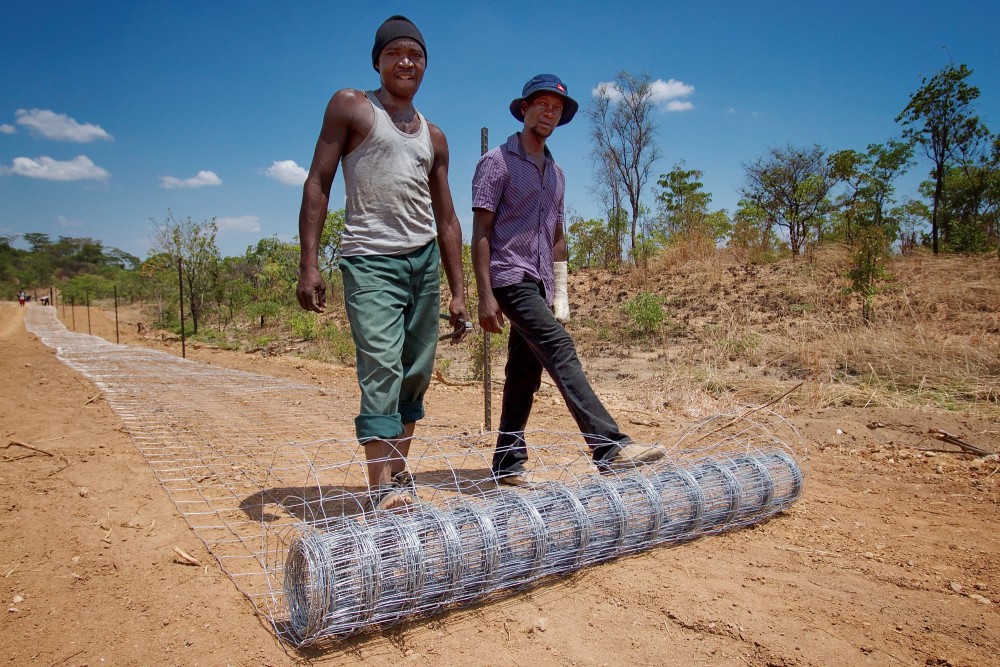More than 100,000 people live within five kilometres of Nkhotakota’s boundaries, making it imperative that Nkhotakota plays a meaningful role in the region, that they can sustainably access the reserve’s resources, and benefit from its existence. The relationship with the community continues to be an area of focus for us and is showing a strong and steady improvement.
Community Engagement

During 2022, 169 community awareness and sensitisation meetings were held, focusing on subjects ranging from poaching and other illegal activities to proper use of resources and harvesting programmes.
Given the need to secure the area and prevent human-wildlife conflict, fencing was a top priority when African Parks assumed management. Stakeholder meetings were held with local chiefs, to provide them with information on the fence route, why it was being implemented, how it would be used and the benefits of having the fence in place. As a result, the community has welcomed the fence and the protection that it has provided. In 2022, another 35 km of ‘Kenya’ (elephant-proof) fencing was erected to further alleviate human-elephant conflict.
Education and Environmental Awareness

Educational opportunities around Nkhotakota are critical in terms of helping communities realise value of the reserve. For example, Book Aid International and African Parks have collaborated in the Reading around the Reserve programme, which has provided 71 schools around Nkhotakota with 24,000 high-quality books to support and enrich their education.
A scholarship programme takes place annually, paying school fees for orphaned and vulnerable students so they could continue their secondary school education. In 2022, 206 students received scholarships and eight volunteer teachers received support.
Sustainable Enterprise Development

Our resource use programme ensures that community members living on the reserve’s boundary benefit by granting them rights to harvest certain plant species within the protected area without compromising the ecological integrity of the park. Mushrooms, bamboo, palm fronds, thatch grass and medicinal herbs were sustainably harvested in 2022, benefitting over 5,000 people.
Over 9,000 community members are engaged in enterprise initiatives, including 525 beekeepers and four groups trained in dried mango processing. Communities and schools planted over 84,000 fruit and indigenous tree seedlings during the past year.
